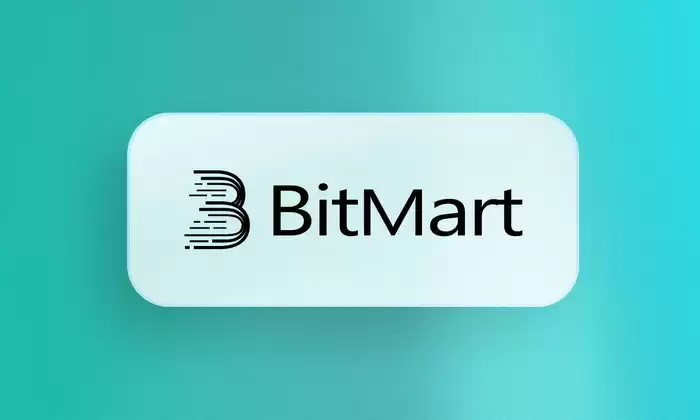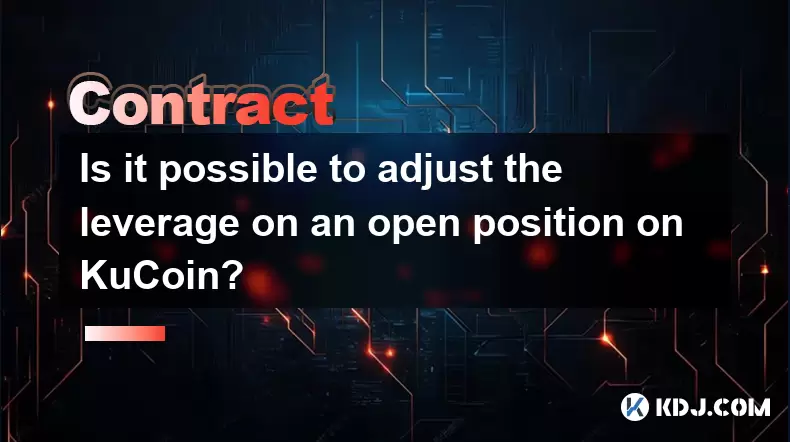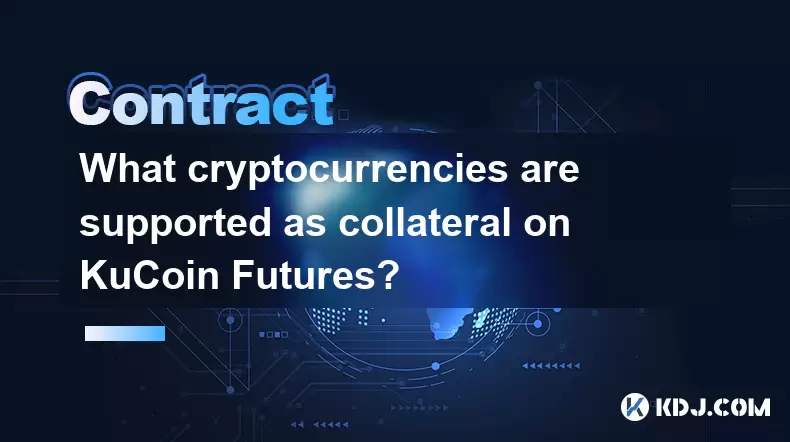-
 Bitcoin
Bitcoin $118300
0.52% -
 Ethereum
Ethereum $4541
1.94% -
 XRP
XRP $3.126
-0.88% -
 Tether USDt
Tether USDt $1.000
-0.04% -
 BNB
BNB $862.3
3.21% -
 Solana
Solana $192.7
2.37% -
 USDC
USDC $0.9999
0.00% -
 Dogecoin
Dogecoin $0.2337
-0.45% -
 Cardano
Cardano $0.9547
0.21% -
 TRON
TRON $0.3518
-0.76% -
 Chainlink
Chainlink $24.56
12.38% -
 Hyperliquid
Hyperliquid $47.56
0.55% -
 Stellar
Stellar $0.4311
-0.42% -
 Sui
Sui $3.816
1.91% -
 Bitcoin Cash
Bitcoin Cash $589.6
-0.53% -
 Ethena USDe
Ethena USDe $1.001
0.00% -
 Hedera
Hedera $0.2556
1.43% -
 Avalanche
Avalanche $24.75
3.13% -
 Litecoin
Litecoin $122.0
2.66% -
 Toncoin
Toncoin $3.488
-0.17% -
 UNUS SED LEO
UNUS SED LEO $9.454
-1.21% -
 Shiba Inu
Shiba Inu $0.00001317
0.95% -
 Uniswap
Uniswap $11.17
1.80% -
 Polkadot
Polkadot $4.053
2.26% -
 Dai
Dai $0.9999
-0.02% -
 Bitget Token
Bitget Token $4.698
1.81% -
 Cronos
Cronos $0.1530
1.57% -
 Monero
Monero $265.8
10.83% -
 Ethena
Ethena $0.7333
1.63% -
 Pepe
Pepe $0.00001122
2.74%
How BitMart conducts contract trading
BitMart offers various contract trading options, including futures, options, and perpetual contracts, but it's crucial to consider market, liquidity, leverage, and technical risks before engaging.
Dec 02, 2024 at 01:36 am

How BitMart Conducts Contract Trading
Contract trading is a popular form of trading that allows traders to speculate on the future price of an asset without actually owning the asset. This can be a risky but potentially lucrative form of trading, and it is important to understand how it works before getting started.
BitMart is a popular cryptocurrency exchange that offers contract trading. In this article, we'll discuss how BitMart conducts contract trading, including the different types of contracts available, the risks involved, the fees charged, and the steps involved in opening a contract trading account.
Types of Contracts Traded on BitMart
BitMart offers a variety of contract trading options, including:
- Futures contracts: These contracts allow traders to speculate on the future price of an asset. When you buy a futures contract, you are essentially agreeing to buy the asset at a specific price on a future date. If the price of the asset rises, you will make a profit. If the price of the asset falls, you will lose money.
- Options contracts: These contracts give traders the option to buy or sell an asset at a specific price on a future date. When you buy an options contract, you are not obligated to buy or sell the asset, but you have the right to do so if you choose. This gives you more flexibility than futures contracts, but it also means that you may have to pay a higher premium for the contract.
- Perpetual contracts: These contracts are similar to futures contracts, but they do not have an expiration date. This means that you can hold them indefinitely, or until you decide to close them out. Perpetual contracts are often used for scalping and other short-term trading strategies.
Risks of Contract Trading
Contract trading can be a risky activity. The following are some of the risks involved:
- Market risk: The price of the asset underlying the contract can fluctuate significantly, which can lead to losses for traders.
- Liquidity risk: The market for contract trading can be thin, which can make it difficult to enter or exit a position quickly.
- Leverage risk: Traders can use leverage to increase their potential profits, but this also increases their potential losses.
- Technical risk: Contract trading platforms can experience technical problems, which can lead to delays or losses for traders.
Fees Charged by BitMart
BitMart charges a variety of fees for contract trading, including:
- Trading fees: These fees are charged on each trade that is executed. The trading fees vary depending on the type of contract and the market depth.
- Margin fees: These fees are charged if you use leverage to trade. The margin fees vary depending on the amount of leverage used and the duration of the trade.
- Overnight fees: These fees are charged if you hold a position overnight. The overnight fees vary depending on the type of contract and the interest rate.
Steps Involved in Opening a Contract Trading Account on BitMart
If you are interested in contract trading on BitMart, you will need to open a contract trading account. The following steps are involved in opening an account:
- Create a BitMart account: If you do not already have a BitMart account, you will need to create one. You can create an account by visiting the BitMart website and clicking on the "Create Account" button.
- Enable contract trading: Once you have created an account, you will need to enable contract trading. To do this, click on the "Contract" tab at the top of the BitMart website and then click on the "Enable Contract Trading" button.
- Fund your account: You will need to fund your account with cryptocurrency before you can start trading contracts. You can fund your account by depositing cryptocurrency from another wallet or by purchasing cryptocurrency directly from BitMart.
- Open a contract trading position: Once you have funded your account, you can open a contract trading position. To do this, click on the "Contract" tab at the top of the BitMart website and then click on the "Trade" button.
- Choose the type of contract: The first step is to choose the type of contract you want to trade. You can choose between futures contracts, options contracts, and perpetual contracts.
- Set the contract terms: Once you have chosen the type of contract, you will need to set the contract terms. This includes specifying the asset you want to trade, the contract size, the leverage you want to use, and the duration of the contract.
- Open the position: Once you have set the contract terms, you can open the position by clicking on the "Buy" or "Sell" button.
Conclusion
Contract trading can be a complex and risky activity, but it can also be a profitable one. If you are interested in contract trading, it is important to do your research and understand the risks involved. BitMart is a popular cryptocurrency exchange that offers a variety of contract trading options. By following the steps outlined in this article, you can open a contract trading account on BitMart and start trading contracts.
Disclaimer:info@kdj.com
The information provided is not trading advice. kdj.com does not assume any responsibility for any investments made based on the information provided in this article. Cryptocurrencies are highly volatile and it is highly recommended that you invest with caution after thorough research!
If you believe that the content used on this website infringes your copyright, please contact us immediately (info@kdj.com) and we will delete it promptly.
- Kazakhstan's Crypto Leap: Bitcoin ETF and Central Asia's Digital Finance Future
- 2025-08-13 12:45:19
- BlockDAG Presale Blazes Past $371M: Fundraising Frenzy Fuels Crypto Sensation
- 2025-08-13 13:05:21
- Meme Coins: Chasing the 2025 Surge – Which Will Moonshot?
- 2025-08-13 10:25:23
- Bitcoin's Wild Ride: Rally, Pullback, and What's Next
- 2025-08-13 10:25:23
- Bitcoin, Bitmax, and Institutional Demand: A New Era of Crypto Investment
- 2025-08-13 10:45:12
- Solana, ROAM, and Airdrops: What's the Buzz in 2025?
- 2025-08-13 11:35:13
Related knowledge

Is it possible to adjust the leverage on an open position on KuCoin?
Aug 09,2025 at 08:21pm
Understanding Leverage in KuCoin Futures TradingLeverage in KuCoin Futures allows traders to amplify their exposure to price movements by borrowing fu...

What cryptocurrencies are supported as collateral on KuCoin Futures?
Aug 11,2025 at 04:21am
Overview of KuCoin Futures and Collateral MechanismKuCoin Futures is a derivatives trading platform that allows users to trade perpetual and delivery ...

What is the difference between realized and unrealized PNL on KuCoin?
Aug 09,2025 at 01:49am
Understanding Realized and Unrealized PNL on KuCoinWhen trading on KuCoin, especially in futures and perpetual contracts, understanding the distinctio...

What different order types are available to use on KuCoin Futures?
Aug 13,2025 at 11:35am
Understanding Order Types on KuCoin FuturesKuCoin Futures offers a comprehensive range of order types to accommodate different trading strategies and ...

How does KuCoin Futures compare against Binance Futures in terms of features?
Aug 09,2025 at 03:22am
Trading Interface and User ExperienceThe trading interface is a critical component when comparing KuCoin Futures and Binance Futures, as it directly i...

How can I manage risk when applying high leverage on KuCoin?
Aug 13,2025 at 11:35am
Understanding High Leverage and Its Implications on KuCoinHigh leverage in cryptocurrency trading allows users to control larger positions with a rela...

Is it possible to adjust the leverage on an open position on KuCoin?
Aug 09,2025 at 08:21pm
Understanding Leverage in KuCoin Futures TradingLeverage in KuCoin Futures allows traders to amplify their exposure to price movements by borrowing fu...

What cryptocurrencies are supported as collateral on KuCoin Futures?
Aug 11,2025 at 04:21am
Overview of KuCoin Futures and Collateral MechanismKuCoin Futures is a derivatives trading platform that allows users to trade perpetual and delivery ...

What is the difference between realized and unrealized PNL on KuCoin?
Aug 09,2025 at 01:49am
Understanding Realized and Unrealized PNL on KuCoinWhen trading on KuCoin, especially in futures and perpetual contracts, understanding the distinctio...

What different order types are available to use on KuCoin Futures?
Aug 13,2025 at 11:35am
Understanding Order Types on KuCoin FuturesKuCoin Futures offers a comprehensive range of order types to accommodate different trading strategies and ...

How does KuCoin Futures compare against Binance Futures in terms of features?
Aug 09,2025 at 03:22am
Trading Interface and User ExperienceThe trading interface is a critical component when comparing KuCoin Futures and Binance Futures, as it directly i...

How can I manage risk when applying high leverage on KuCoin?
Aug 13,2025 at 11:35am
Understanding High Leverage and Its Implications on KuCoinHigh leverage in cryptocurrency trading allows users to control larger positions with a rela...
See all articles

























































































